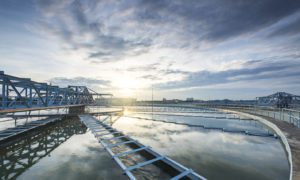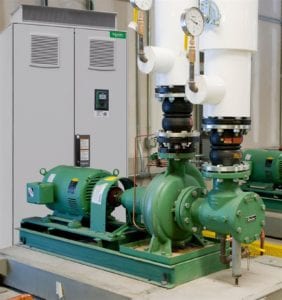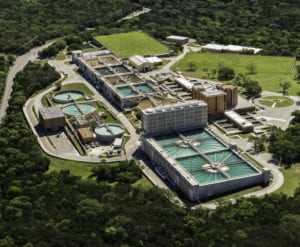Picture yourself driving your family sedan down a windy country road. Now picture that you have no control over the gas pedal—it is always fully to the floor—and the only way to reduce speeds through the corners is to constantly work the brake. Doesn’t seem very efficient—or safe—does it?
Well that’s how most motors in the world today work. In fact, an estimated 60 percent of all motors only have two settings: on and off. They operate at constant speed. If they require less output, they use downstream devices to block part of the output. For example, fan applications for the most part generate a full flow of air, and then use dampers to partially block and reduce the flow. Similarly, pump applications use motors that generate a full flow of fluid, and then use dampers to partially block and reduce the flow. In other words, most motors are designed to work at full power to generate the output and then immediately throw away all that energy.
But what if motors worked more efficiently? That’s where variable speed control comes in. A new course offered by Schneider Electric’s Energy University, called “Active Energy Efficiency Using Speed Control” offers an in-depth look at how today’s motors work, the cost trade-offs and benefits of variable speed control for certain applications like fans and pumps, and ways to calculate payback on investments in variable speed drives.
For example, take a typical water distribution system. Water is moved by a pump powered directly by an AC supply and always runs at full speed whatever the demand. A valve opens and closes to vary the flow. Reducing the flow using a valve causes what are called load losses. As the valve slows the flow of water, a large part of the power is lost. So while providing 80% of the flow causes the pump to consume 80% of the power, providing 50% of the flow causes the pump to consume 65% of the power.
But if we replace the pump motor’s direct-on-line starting with a variable speed drive, the valve no longer is needed to adjust the flow, since flow can now be managed by the variable speed control of the drive. With the variable speed drive installed, the pump consumes only 50% of the power to produce 80% of the flow. Similarly, providing 50% flow requires only 20% power, not 65%. That’s a huge savings over the life of the distribution system.
And that’s just one example. The course steps you through the various applications where variable speed drives are most efficient, and helps you calculate total payback. As you might expect, variable speed drive motors are generally more expensive than traditional direct on-line or even soft-starting motors. Still, in a typical fan or pump installation, variable speed drives can pay for themselves in 1 to 2.5 years.
But fitting the right motor and drive to the application is key. To learn more, sign up for the course. You can find it, along with many others, in the college of Energy Efficiency on the Energy University site. To register for free, simply visit the Energy University site and click the “Join” link.



Conversation
yes, the course steps you through the various applications where variable speed drives are most efficient, and helps you calculate total , thanks
I’m buying a farm and I want to get a well pump installed to help with irrigation, and I think your tips will really help me save on costs. I didn’t know about Variable Speed before, and from what you say it really does sound more efficient. I’ll have to talk to my local installers about getting a variable speed drive in place of a valve.